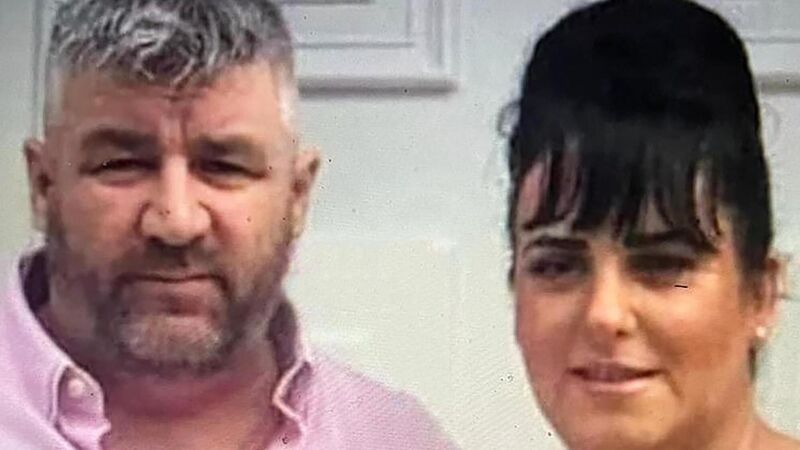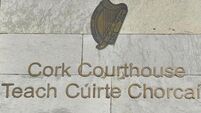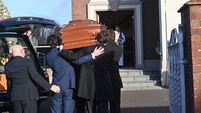Doctor at Kerry murder trial recalls woman's distress at hearing her husband had passed away

Thomas Dooley (left) and his wife Siobhan. The Central Criminal Court sitting in Cork heard how Siobhan had to be sedated to calm her down after hearing of her husband's death.
The moment that a mother of seven was told in hospital in Tralee that her husband Tom Dooley was dead was recalled by a doctor on Friday in his evidence at the murder trial taking place at the Central Criminal Court sitting in Cork.
Dr Muhammad Essa, registrar at University Hospital Kerry, responded to a call in Tralee from a resuscitation unit treating patient Siobhán Dooley who had a long and deep injury across her back.











